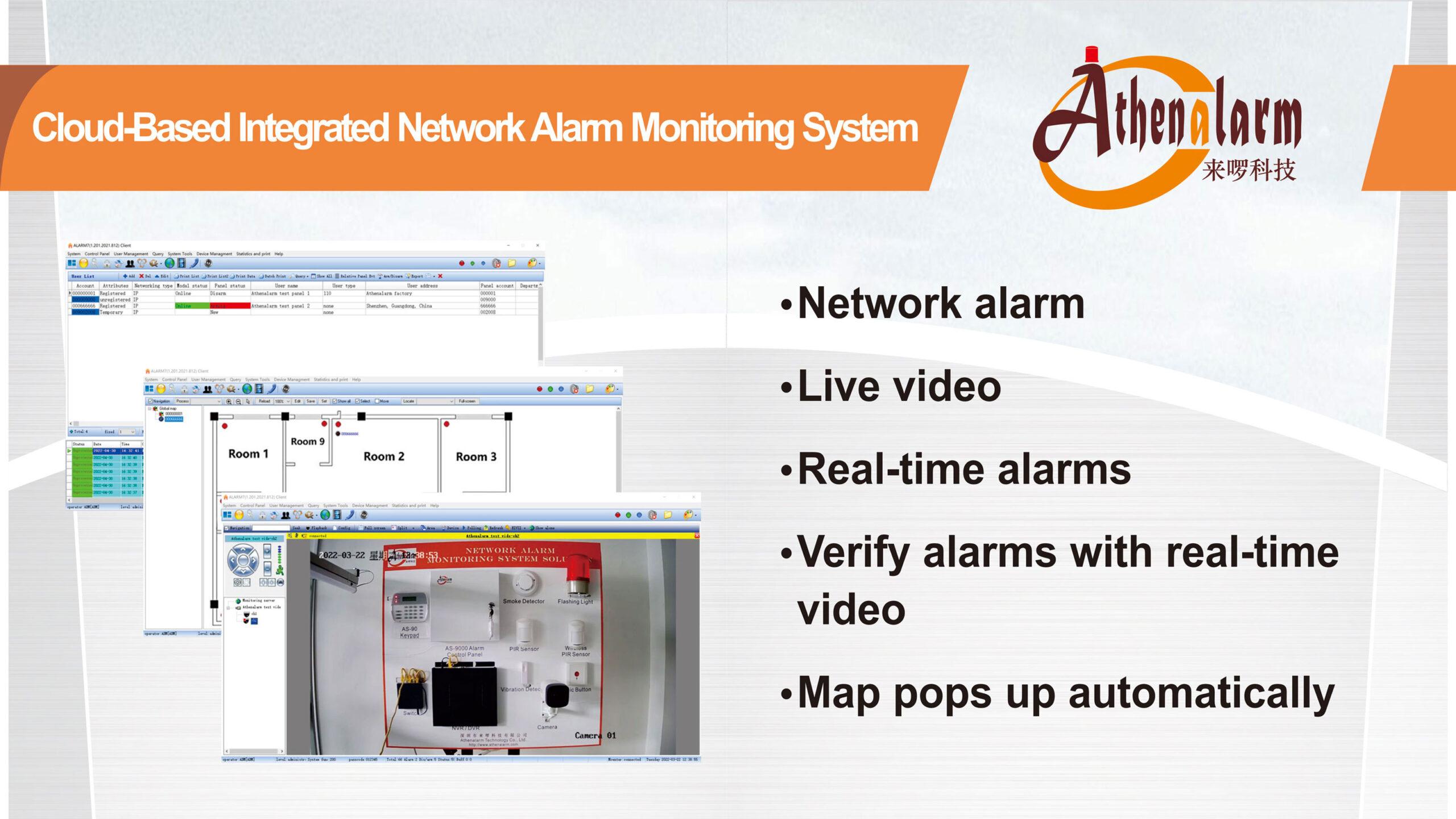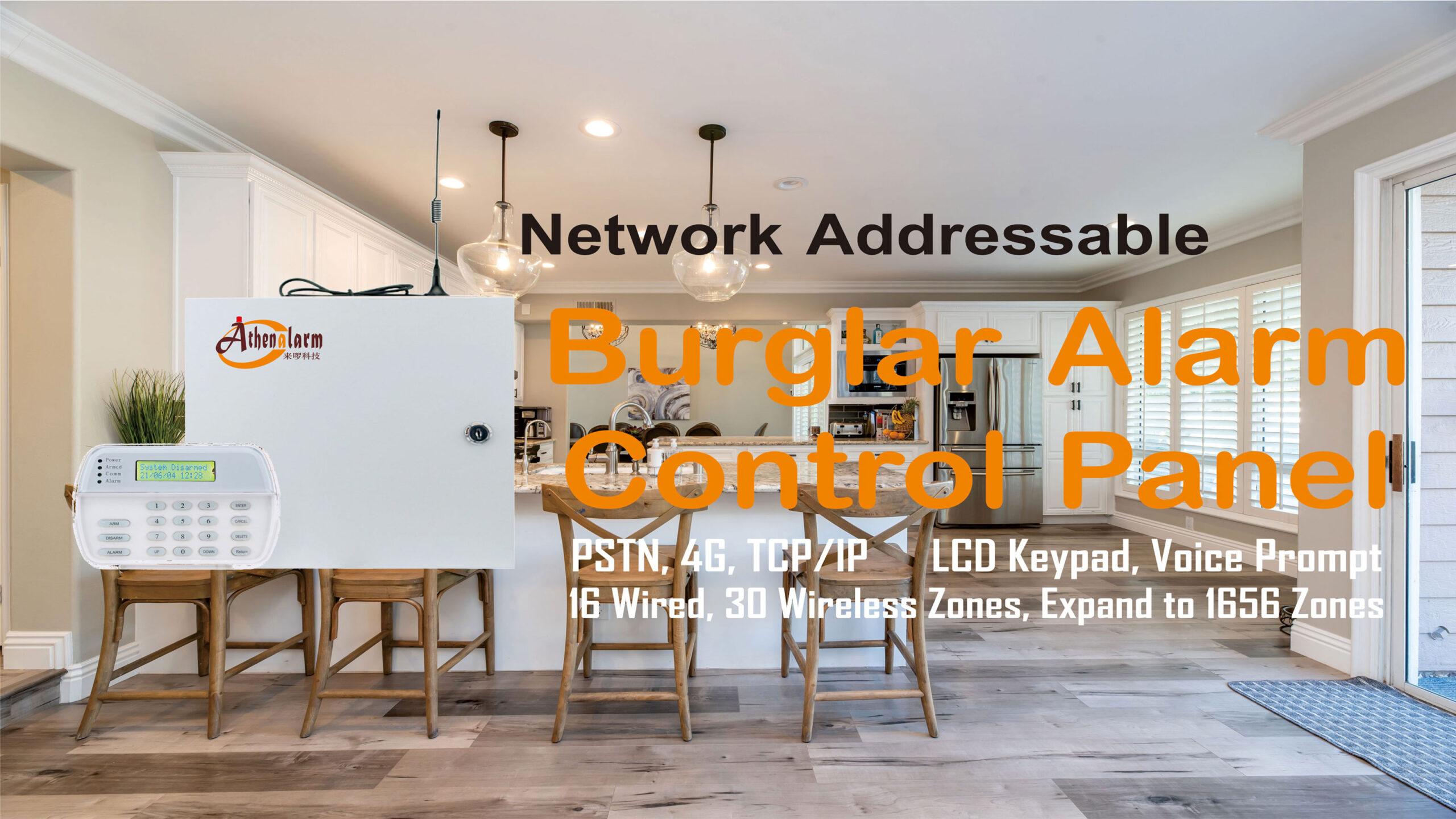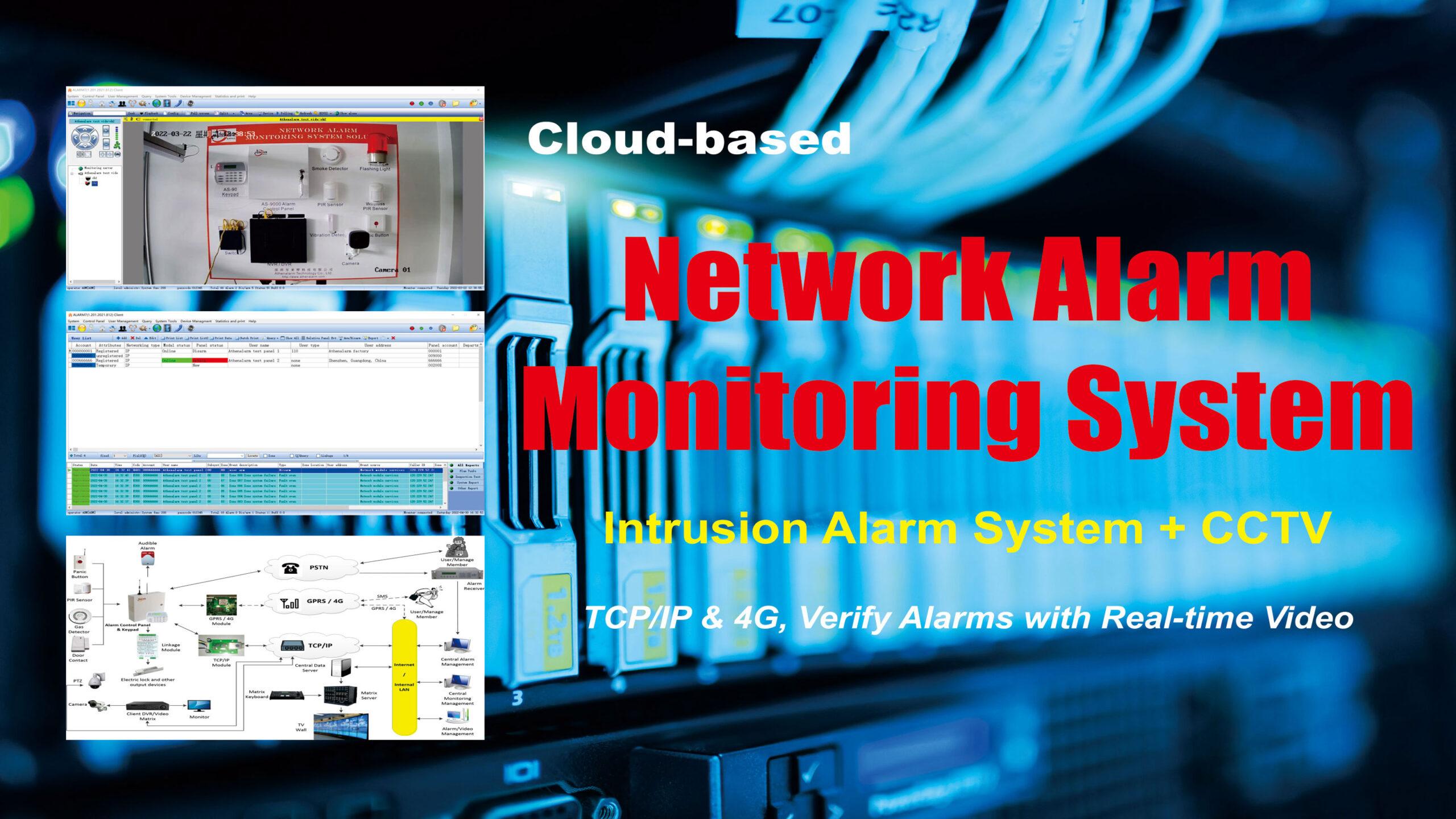



How to Secure Your Smart Home
In the last decade, affordable connected home devices have emerged in the consumer marketplace. The home technology products, which were once only available to the rich and famous, are now found in a variety of places including online shops, nearby retailers and through reputable security companies. Lower price-points and easier access to the technology coupled with the allure of being able to control the functions of a home have piqued the interests of homeowners nationwide.
According to a report from Strategy Analytics, by the end of the year U.S. consumers will collectively spend $18 billion on smart home systems and services.
Don’t be Shy, Lock Down the Wi-Fi
Most smart home devices require an Internet connection via a wireless network and it’s crucial that the connection is secure. When naming the network, stay away from personal information such as a last name or house number that a hacker may be able to use to pinpoint from where the connection is coming. If the wireless router allows it, set up a couple of private Wi-Fi networks – one for connected home devices and another for computers, tablets and smartphones – and disable guest access.
Also be sure that the wireless network is encrypted with a strong password. Use a combination of letters, numbers and special characters, and avoid using anything that can be easily guessed. Don’t forget to update passwords and usernames on a regular basis for extra protection.
Be Conscious of Connected Devices
Whether it’s only a few connected gadgets or an entire home, it’s important to understand the access each device requires. This information can be found in the owner’s manual or by contacting technical support. Once the information is located, disable any ports, IP addresses or network protocol to which the device does not need access to function.
Today, many smart device manufacturers provide security patches through updates. Make sure all connected home devices are updated with the latest software to ensure maximum security. While some equipment will automatically run system updates as they become available, other devices require manual installation. Make sure to set aside time each month to check for new updates on home gadgets.
Be Smarter Than a Smartphone
A smartphone or tablet is an essential element of a connected home. Through mobile apps, homeowners can log in to surveillance cameras placed throughout the home, secure doors, arm the security system, adjust the heating and lights, and much more. While it’s convenient to have control of a home within fingertips’ reach, it’s important to take precautions to restrict unauthorized access.
Results from a recent study by Consumer Reports showed that in 2013, more than 3.1 million Americans had their smartphones stolen. Without proper security measures, thieves could be privy to a lot of private information and possibly take control of one’s residence. Here are a few ways to increase the security of a smartphone.
Many smartphones include software that allows users to auto-lock their phones after becoming inactive, which is usually between 30 seconds and 5 minutes of non-use. Upon accessing the phone, the user must enter his or her password to unlock and interact with the phone. This feature can safeguard private information if the phone is left unattended. Furthermore, some smartphones allow users to completely erase all of the data on the phone remotely, which would be beneficial if a phone used to control smart home devices is lost or stolen.
Smart home technology is moving at a rapid pace and will only continue to grow. With these tips, homeowners can embrace the new technology without fear.
